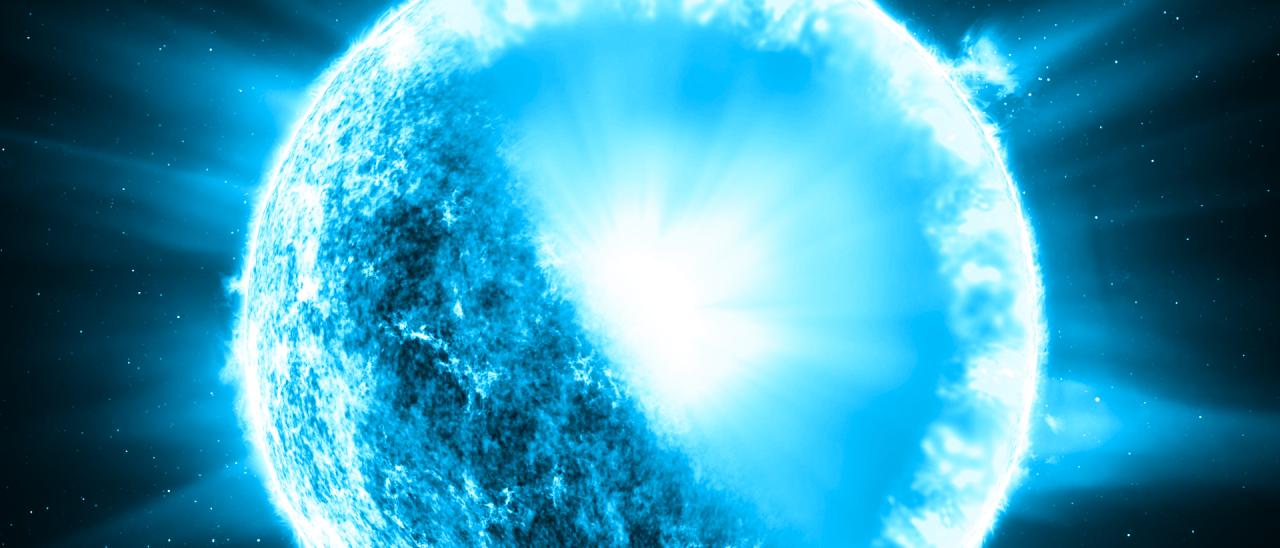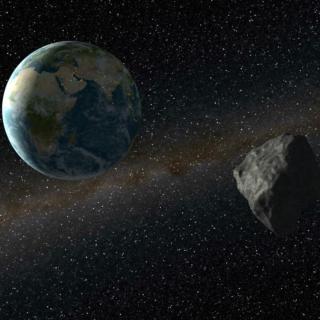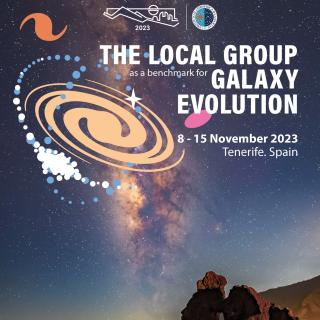An international collaboration, with the participation of the Instituto de Astrofísica de Canarias (IAC), determines with an unprecedented level of precision the mass, age and rotation profile of the core of a massive pulsating star. Known as HD 192575, it has been observed by the NASA space telescope TESS continuously for more than a year. The results shed new light on how such stars are internally structured and how they evolve until their death, when they explode as supernovae and form neutron stars and black holes. The scientific team has also used observations made with the Mercator telescope located at the Roque de los Muchachos Observatory in La Palma. The study is published in the journal Nature Astronomy.
Massive stars are extremely short-lived in the Universe; they have very dense and hot cores, burn their fuel fast and die young. When such stars collapse, they generate a violent supernova explosion and, depending on their mass and the structure of their core, end up forming a neutron star or a black hole. Massive stars are therefore key, not only to understanding the physical processes responsible for their evolution, but also to solving other fundamental questions about the Universe.
An international study, led by KU Leuven (Belgium), has applied the technique of asteroseismology to study the variability of the pulsating star HD 192575 that NASA's TESS satellite has been observing continuously for more than a year. Asteroseismology is the study of waves in the interior of stars. These waves are affected by the internal properties of the stars and, in particular, by the rotation of their core, which allows us to access information about the physical processes occurring inside the stars from their changes in brightness. These physical processes currently remain uncalibrated yet need to be understood to predict the ultimate fate of the star.
The study of massive stars requires high-precision, long-term data for advanced analysis. Thanks to the TESS mission, the study of HD 192575 has reached an unprecedented level of detail. “Space telescopes like TESS, and Kepler before, are able to observe stars almost uninterruptedly for long periods of time, making them excellent tools for asteroseismologists”, says Siemen Burssens, a researcher at KU Leuven who led the study. “TESS is especially important for asteroseismology of massive stars, since previous space telescopes generally avoided bright massive stars.”
The novel modelling tools developed in this work allowed the team to measure the mass of HD 192575 to be 12 times the mass of our Sun, and an age of 15 million years. This makes HD 192575 one of the rarest and most massive stars to have ever been modelled using asteroseismology. Moreover, the nuclear-burning core of HD 192575 was discovered to rotate about 1.5 times faster than its surface layers, which is not predicted by current models.
"Like a ballet dancer who spins faster by bringing their outstretched arms closer into their body, HD 192575 should have a core that is spinning up as it gets older and shrinks. However, the core's rotation rate we measure today is not as fast relative to its outer layers as predicted by rotating non-magnetic models," explains Dominic Bowman, a researcher at KU Leuven and co-author of the study. "This has led us to ponder what physics is responsible for HD 192575 having its measured rotation profile."
Unique reference standard
Data from TESS combined with those from the Mercator telescope, located at the Roque de los Muchachos Observatory on La Palma, and ESA's Gaia space mission, allowed the team to also infer the amount of chemical mixing accurately deep inside HD 192575 and its core mass, which is a key predictor of a massive star's future evolution and supernova explosion.
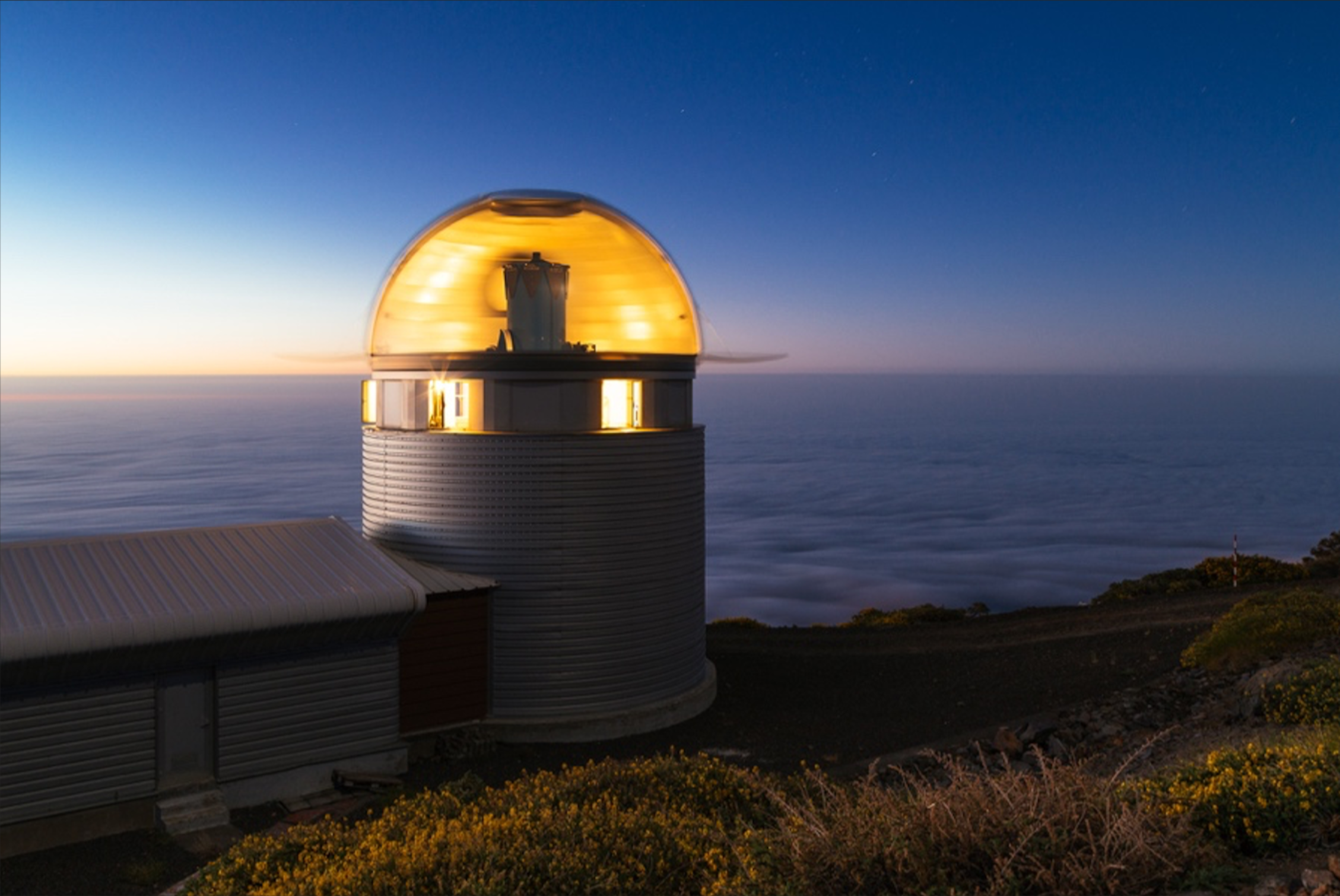
The precise determination of the core mass, age and rotation profile of HD 192575 makes this massive star a unique calibration point for fitting stellar evolution models, which are ultimately key to understanding the impact of massive stars on the evolution of galaxies and the infancy of the Universe.
"This is just the beginning of a very promising path towards a similar study to HD 192575 on a much larger sample of massive stars in our galaxy," says Sergio Simón-Díaz, IAC researcher, co-author of the paper and Principal Investigator (PI) of the IACOB project, an international collaboration led by the IAC that has been using several telescopes at the Canary Islands Observatories for more than 15 years to create the largest ever database of spectra of massive stars in the Milky Way. "The continued efforts made by the IACOB project will be decisive to optimise the TESS satellite data and jump from the pioneering study of HD 192575 to several hundred stars tens of times more massive than our Sun," concludes Simón-Díaz.
Article: Siemen Burssens et al. “A calibration point for stellar evolution from massive star asteroseismology”. Nature Astronomy, 2023. DOI: 10.1038/s41550-023-01978-y
Contact at the IAC:
Sergio Simón Díaz, sergio.simon.diaz [at] iac.es (sergio[dot]simon[dot]diaz[at]iac[dot]es)

This project aims at the searching, observation and analysis of massive stars in nearby galaxies to provide a solid empirical ground to understand their physical properties as a function of those key parameters that gobern their evolution (i.e. mass, spin, metallicity, mass loss, and binary interaction). Massive stars are central objects to
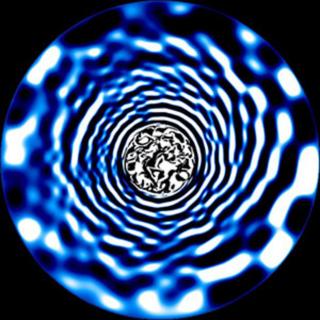
The Catholic University of Louvain, in collaboration with the Instituto de Astrofisica de Canarias and the University of La Laguna, leads the first Asteroseismological study of high mass stars, using NASA telescopes.
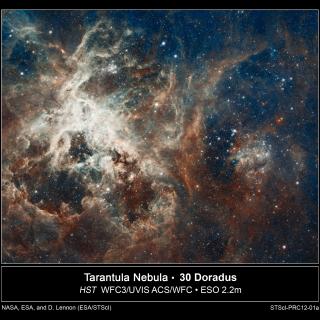
An international team of astronomers with participation of researchers at the Instituto de Astrofísica de Canarias (IAC) and the University of La Laguna (ULL) has revealed an ‘astonishing’ overabundance of massive stars in a neighbouring galaxy.
